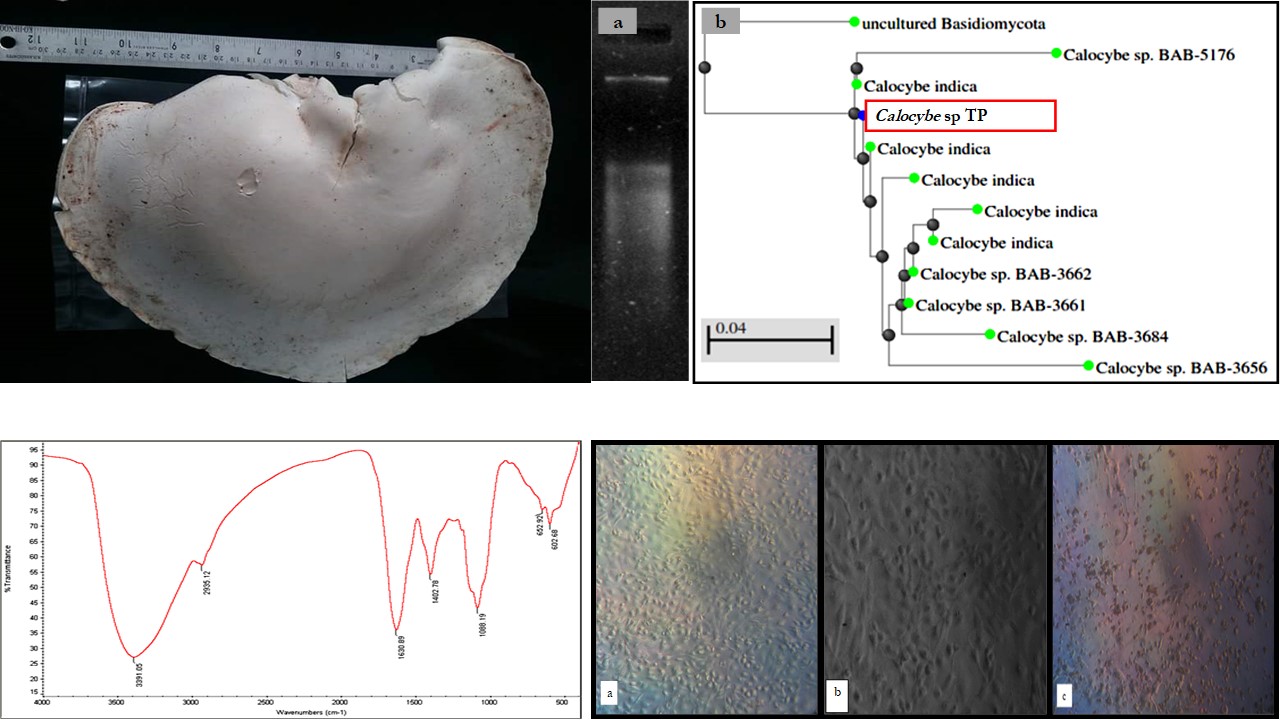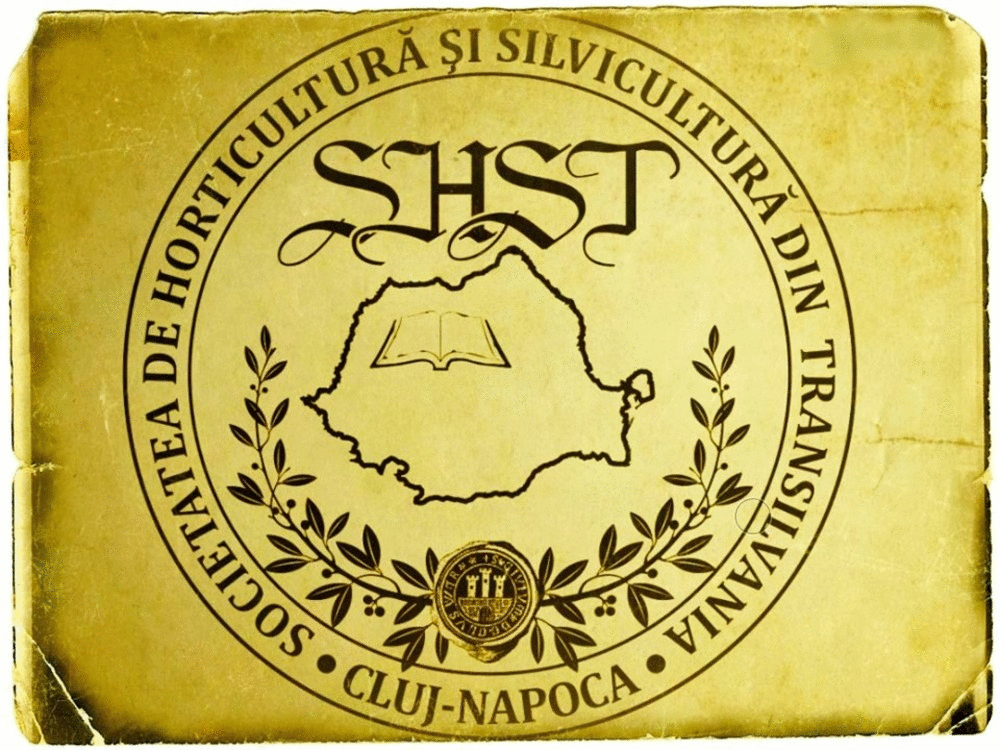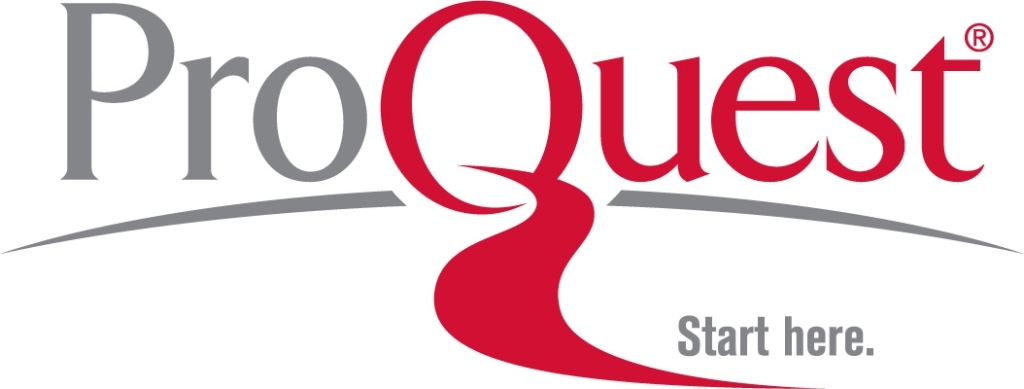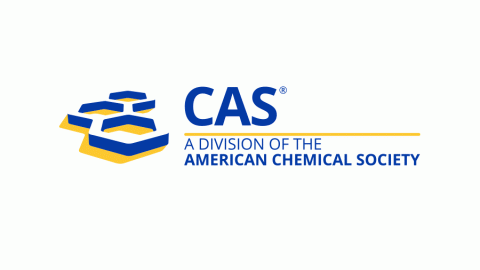Characterization of fruiting body exopolysaccharide from a milky mushroom Calocybe sp. TP and its antioxidant and antitumor activity
DOI:
https://doi.org/10.55779/nsb14211185Keywords:
antioxidant, antitumor, Calocybe, exopolysaccharide, mushroomAbstract
Calocybe is commonly known as milky mushroom and cultivated in India. Mushrooms have a good nutritional value and referred as healthy food. They are a good source of carbohydrate, proteins, vitamins and minerals while low in fat content. Mushrooms are well known as rich source of nutraceutical molecules too. They produce exopolysaccharides, having high antioxidant activity. Hence, the present study aims to characterize a mushroom exopolysaccharide for its antioxidant and antitumor activity. In present study, mushroom sample was collected from the Navsari Agricultural University, Navsari campus (20.9302° N, 72.9127° E). The sample was identified by morphological as well as 18S rRNA sequencing as Calocybe sp. TP (Accession No. MF737080). EPS was extracted from sample and characterized for its total carbohydrate 157.5±4.2 µg/ml. Chemical characterization of EPS by FTIR, TLC, HPLC and NMR analysis revealed that EPS contain glucose monomer in structure. Antioxidant activity measured by ABTS and DPPH showed 76.98% and 80.83% respectively. Antitumor activity was examined using MDA-MB-231 cell line and expressed 67.73% cell inhibition. Thus, EPS produced by Calocybe sp. TP can be used as antioxidant and antitumor molecule.
Metrics
References
Bae JT, Sim GS, Lee DH, Lee BC, Pyo HB, Choe TB, Yun JW (2005). Production of exopolysaccharide from mycelial culture of Grifola frondosa and its inhibitory effect on matrix metalloproteinase-1 expression in UV-irradiated human dermal fibroblasts. FEMS Microbiology Letter 251:347–354. https://doi.org/10.1016/j.femsle.2005.08.021
Benzie IF, Strain JJ (1996). The ferric reducing ability of plasma (FRAP) as a measure of “antioxidant power”: the FRAP assay. Analytical Biochemistry 239(1):70-76. https://doi.org/10.1006/abio.1996.0292
Chaturvedi VK, Agarwal S, Gupta KK, Ramteke PW, Singh MP (2018). Medicinal mushroom: boon for therapeutic applications. 3 Biotech 8:334. https://doi.org/10.1007/s13205-018-1358-0
Dubois M, Gilles KA, Hamilton JK, Rebers P, Smith F (1956). Colorimetric method for determination of sugar and related substances. Analytical Chemistry 2(3):350-356. https://doi.org/10.1021/ac60111a017
Ghosh SK (2015). Study of anticancer effect of Calocybe indica mushroom on breast cancer cell line and human Ewing’s sarcoma cancer cell lines. New York Science Journal 8(5):10-5.
Graham GC, Mayer P, Henry RJ (1994). A simplified method for preparation of a fungal genomic DNA for PCR and RAPD analysis. Biotechniques16(1):48-50.
Hobbs C (2002). Medicinal Mushrooms: An Exploration of Tradition, Healing, and Culture. (2nd ed), Botanica Press, Inc. Santa Cruz, CA.
Kheni K., Vyas TK (2017) Characterization of exopolysaccharide produced by Ganoderma sp TV1 and its potential as antioxidant and anticancer agent. Journal of Biologically Active Product from Nature 7:72-80. https://doi.org/10.1080/22311866.2017.1306461
Mirunalini S, Dhamodharan G, Deepalakshmi K (2012). Antioxidant potential and current cultivation aspects of an edible milky mushroom-Calocybe indica. International Journal of Pharmacy and Pharmacological Science 4(1):137-143.
Mossmann T (1983). Rapid colorimetric assay for cellular growth and survival: Application to proliferiation and cytotoxicity assays. Journal of Immunological Methods 65(1-2):55-63. https://doi.org/10.1016/0022-1759(83)90303-4
Patel S, Goyal A (2012) Recent developments in mushrooms as anti-cancer therapeutics: a review. 3 Biotech 2:1-15. https://doi.org/10.1007/s13205-011-0036-2
Prabu M, Kumuthakalavallia R (2016). Antioxidant activity of oyster mushroom (Pleurotus florida [Momt.] Singer) and milky mushroom (Calocybe indica P and C). International Journal of Current Pharmaceutical Research 8(3):1-4.
Re R, Pellegrin N, Proteggente A, Pannala A, Yang M, Rice-Evans C (1999). Antioxidant activity applying an improved ABTS radical cation decolorization assay. Free Radical Biology and Medicine 26(9-10):1231-1237. https://doi.org/10.1016/s0891-5849(98)00315-3
Selvi S, Umadevi P, Murugan S, Senapathy JG (2011). Anticancer potential evoked by Pleurotus florida and Calocybe indica using T 24 urinary bladder cancer cell line. African Journal of Biotechnology 10(37):7279-7285.
Stahl E (1969) Thin-Layer Chromatography. (2nd Ed) Springer & Academic Press, New York and London.
Su CA, Xu XY, Liu DY, Wu M, Zeng FQ, Zeng MY, … Luo X (2013). Isolation and characterization of exopolysaccharide with immunomodulatory activity from fermentation broth of Morchella conica. DARU Journal of Pharmaceutical Sciences 21:1. https://doi.org/10.1186/2008-2231-21-5.
Tailor CS, Goyal A. Antioxidant activity by DPPH radical scavenging method of Ageratum conyzoidus Linn. leaves. American Journal of Ethnomedicine 1(4):244-249.
Tejaswini HB, Mahadevamma M, Shashirekha MN, Tharanathan RN, Mallikarjuna SE, Rajarathnam S (2013). Structural characterization of water-soluble polysaccharide from Calocybe indica. Trends in Carbohydrate Research 5(1):45-51.
Vishwakarma P, Singh P, Tripathi NN (2016). Nutritional and antioxidant properties of wild edible macrofungi from North-Eastern Uttar Pradesh, India. Indian Journal of Technological Research 15(1):143-148.
Vyas TK, Vadnerker P, Bhavsar R, Kheni K (2021) Mushroom exopolysaccharides: their antioxidant and antiviral properties to boost immunity against COVID-19. In: Giri A (Ed). Immunity Boosting Functional Foods to Combat COVID-19. Taylor and Francis, pp 119-132.
Xu W, Zhang F, Luo YB, Ma L, Kou X, Huang K (2009). Antioxidant activity of a water-soluble polysaccharide purified from Pteridium aquilinum. Carbohydrate Research 344:217-222. https://doi.org/10.1016/j.carres.2008.10.021
Zhang L, Fan C, Liu S, Zang Z, Jiao L, Zhang L (2011). Chemical composition and antitumor activity of polysaccharide from Inonotus obliquus. Journal of Medicinal Plant Research 5:1251-1260. https://doi.org/10.5897/JMPR.9000346
Zong A, Cao H, Wang F (2012). Anticancer polysaccharides from natural resources: A review of recent research. Carbohydrate Polymer 90:1395-1410. https://doi.org/10.1016/j.carbpol.2012.07.026

Downloads
Published
How to Cite
Issue
Section
License
Papers published in Notulae Scientia Biologicae are Open-Access, distributed under the terms and conditions of the Creative Commons Attribution License.
© Articles by the authors; licensee SMTCT, Cluj-Napoca, Romania. The journal allows the author(s) to hold the copyright/to retain publishing rights without restriction.
License:
Open Access Journal - the journal offers free, immediate, and unrestricted access to peer-reviewed research and scholarly work, due SMTCT supports to increase the visibility, accessibility and reputation of the researchers, regardless of geography and their budgets. Users are allowed to read, download, copy, distribute, print, search, or link to the full texts of the articles, or use them for any other lawful purpose, without asking prior permission from the publisher or the author.













.png)















